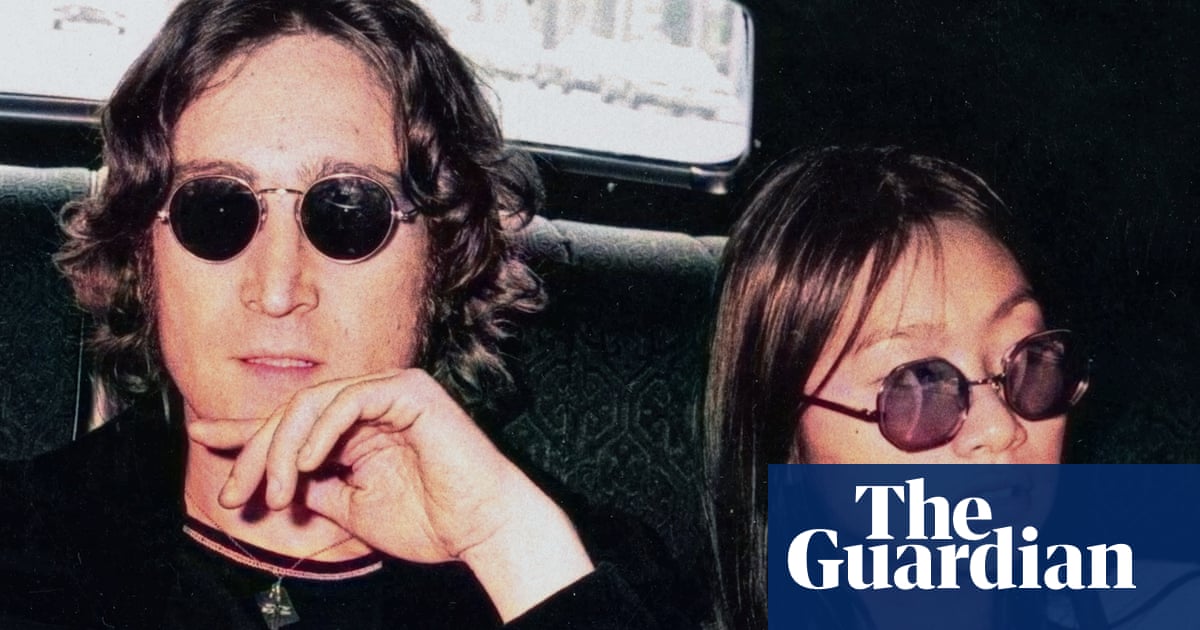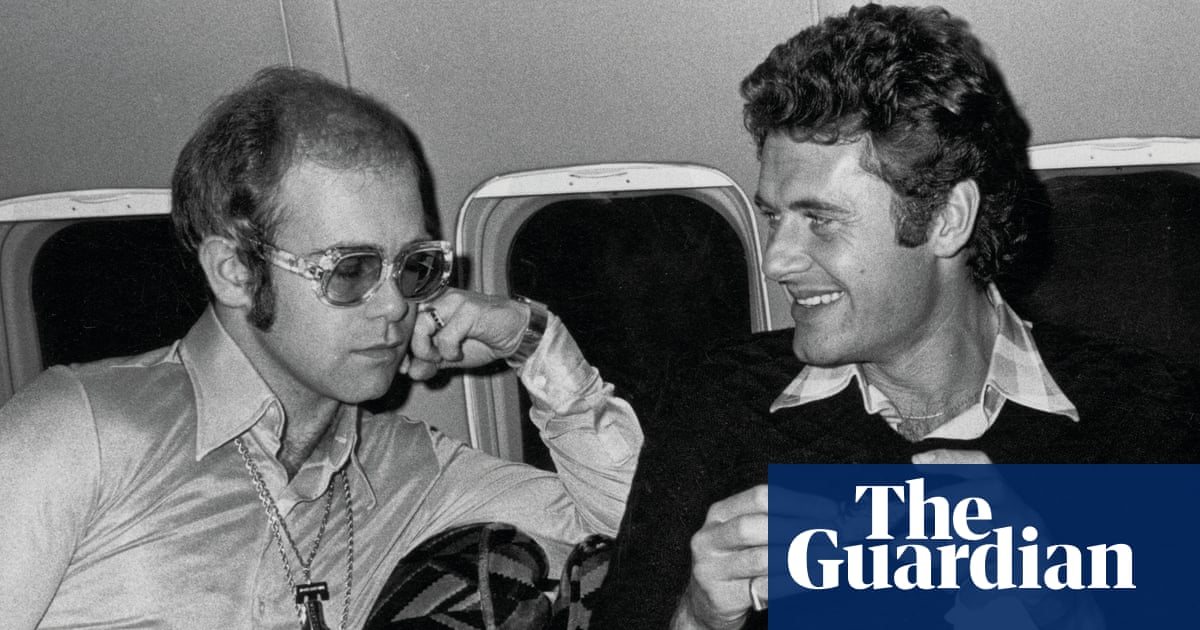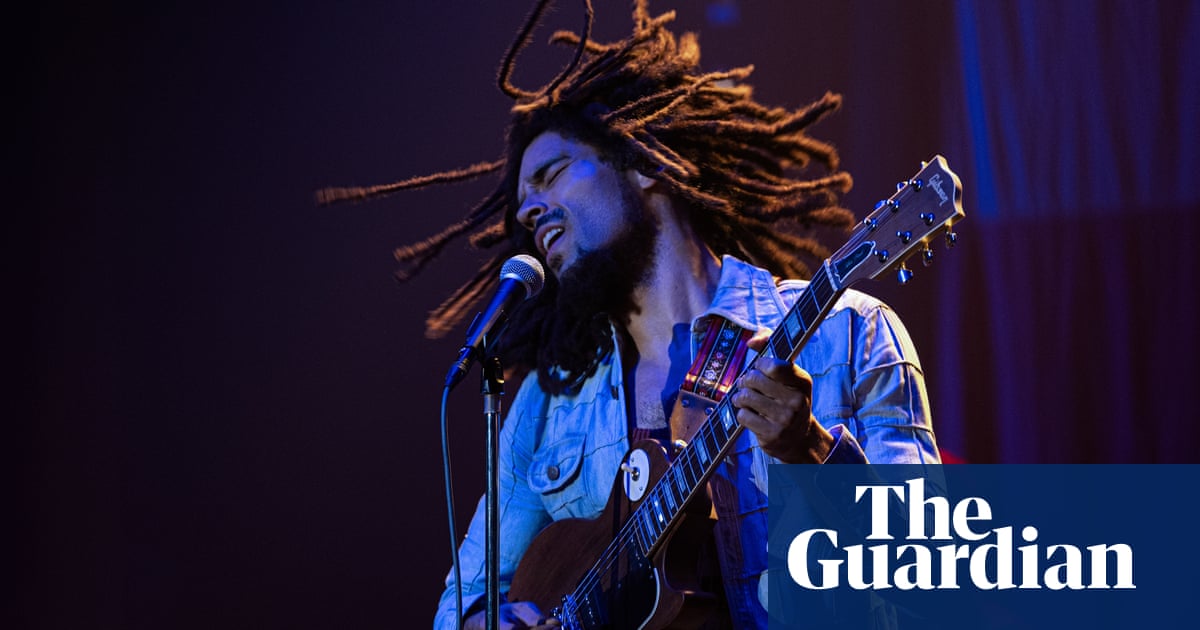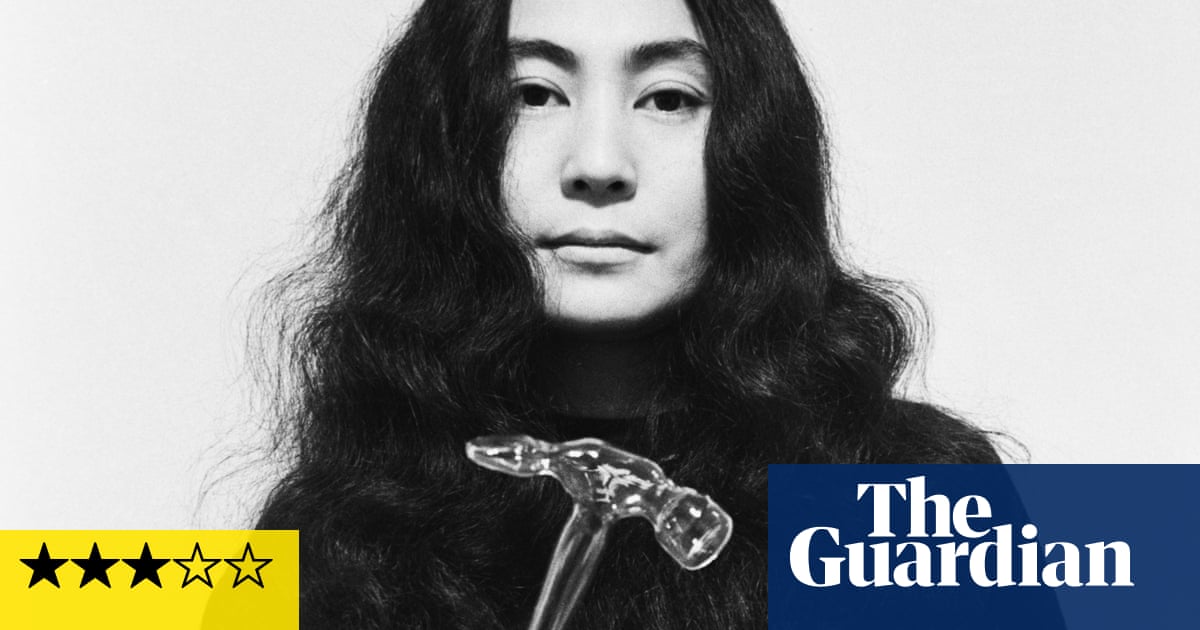
Ifirst met John Lennon in 1975, backstage at a televised event in New York when I was staff photographer for the SoHo Weekly News. Years later, while I was still at the paper, we decided to run an interview with Yoko Ono ahead of the release of the couple’s new album, Double Fantasy. They had spent the previous five years as recluses, during which time they had their son, Sean. I didn’t know Yoko personally but I’d always had a lot of respect for her as an artist, and of course I was a big fan of John’s. The idea was that we’d get access to the pair of them by approaching Yoko first.
On 20 November 1980, Yoko came to my Tribeca studio for the shoot. She was shy in front of the camera but eventually grew more comfortable, taking off her shades and leather jacket, finally striking a cute pose with her hand on her jeans zipper. We agreed to take more shots the next day at the apartment building where she and John lived, the Dakota. I had breakfast nearby and walked around, trying to find the right moment to ask Yoko whether we could take photos with John and Sean as well. “Not Sean,” she said. “But I’ll call John.” He was friendly and said he remembered me from the event in 1975, although maybe he was only being polite. The three of us walked around their favourite area of Central Park, later named Strawberry Fields in John’s memory.
Five days later, I got a call asking me to join them at the shoot of the Starting Over music video. After filming them walking around the park, we went to another of their favourite spots, Cafe La Fortuna on West 71st Street, to drink coffee and talk. Then we set off for SoHo’s Sperone Westwater gallery in their limo. It was clear I had earned their trust and they felt comfortable with me. The gallery had been set up to look like their real bedroom, with lights outside shining through venetian blinds. For the first part of the filming they wore their normal clothes, but then took them off and simulated making love. Many of the crew were asked to leave but I remained, taking photographs discreetly. Their interaction was fluid and natural, their love for each other palpable.
This shot, with John lying on top of Yoko, was taken after a moment of tension. John kept trying to kiss Yoko, but she’d move her chin higher and higher. “What is this … Ben fucking Hur?” he joked and it broke the ice. Everybody on set cracked up, especially Yoko. That’s when I got this shot of them laughing. Back at the Dakota a few days later, looking through the contact sheets, John said: “These are great! You know what I like about your photographs? They really capture Yoko’s beauty.”
On 8 December, the day of John’s assassination, my editor called. He told me John had been shot. I was in shock. That night, after photographing at the hospital and police station, I stood outside the Dakota until the early morning, with hundreds of others who joined the vigil. A few days later, Yoko asked me to come to the apartment. When I arrived, she was in bed. Her grief filled the room. She told me she wanted to keep busy. It was her only way to cope.
We worked together on a project for the single Walking on Thin Ice. It was the last song she and John had written together: John had been holding the final mix when he was killed. I photographed a frozen reservoir in upstate New York, though it wasn’t used as the record jacket as intended, but instead as a still photo in the video clip. I remained in contact with Yoko for many years, attending her birthday parties and working on projects together. She kindly wrote the foreword of my book, John & Yoko: A New York Love Story. The last time I saw her was maybe four years ago.
I became a photographer because I’ve always liked technology and art; photography merges the two disciplines. My training had been in fine art and film-making, so I essentially taught myself photography in the 60s with a 35mm camera. My curiosity for people and interest in journalism also drove me. The job at SoHo Weekly News, which I got in 1973 at the age of 28, was my big break. It gave me access to New York’s music scene: the concerts and backstage life, as well as the nightlife at Studio 54. I’ve met and photographed nearly everyone from that scene: the Clash, Nico, Andy Warhol, Patti Smith, Debbie Harry, Mick Jagger, Keith Richards and David Bowie. The thrill of being part of that is what keeps me going today.
Allan Tannenbaum’s CV
Born: New Jersey, 1945.
Trained: BA in art from Rutgers University in 1967; graduate film department at San Francisco State University, 1967-1968.
Influences: Henri Cartier-Bresson, Brassaï, Robert Capa, Weegee, Garry Winogrand, Robert Frank, David Bailey, Paul Fusco, Ralph Gibson.
High point: “Photographing John Lennon and Yoko Ono, November 1980.”
Low point: “Photographing the aftermath of Lennon’s assassination, December 1980.”
Top tip: “When asking photographer Ralph Gibson in my early days at the SoHo News about what direction I should take, he said: ‘The work will show you the way.’ And that’s what happened. Another tip from Jaakov Kohn, first editor of the SoHo News: ‘Perseverance furthers.’”
John & Yoko: A New York Love Story by Allan Tannenbaum is published by Insight Editions












